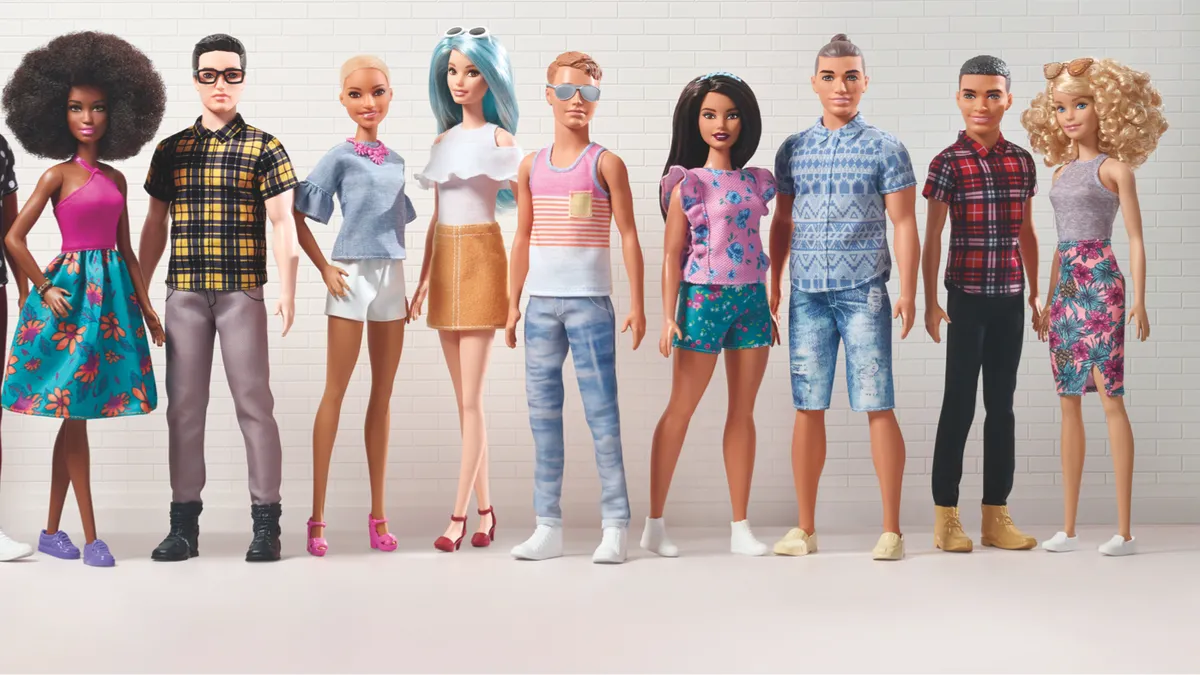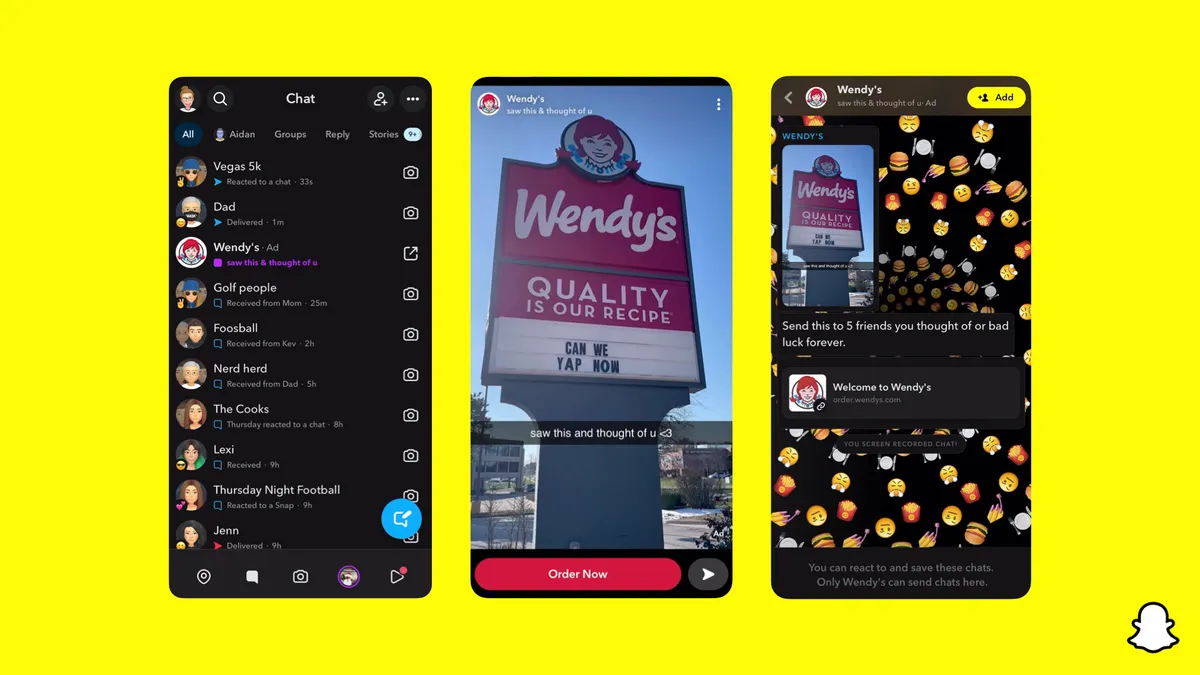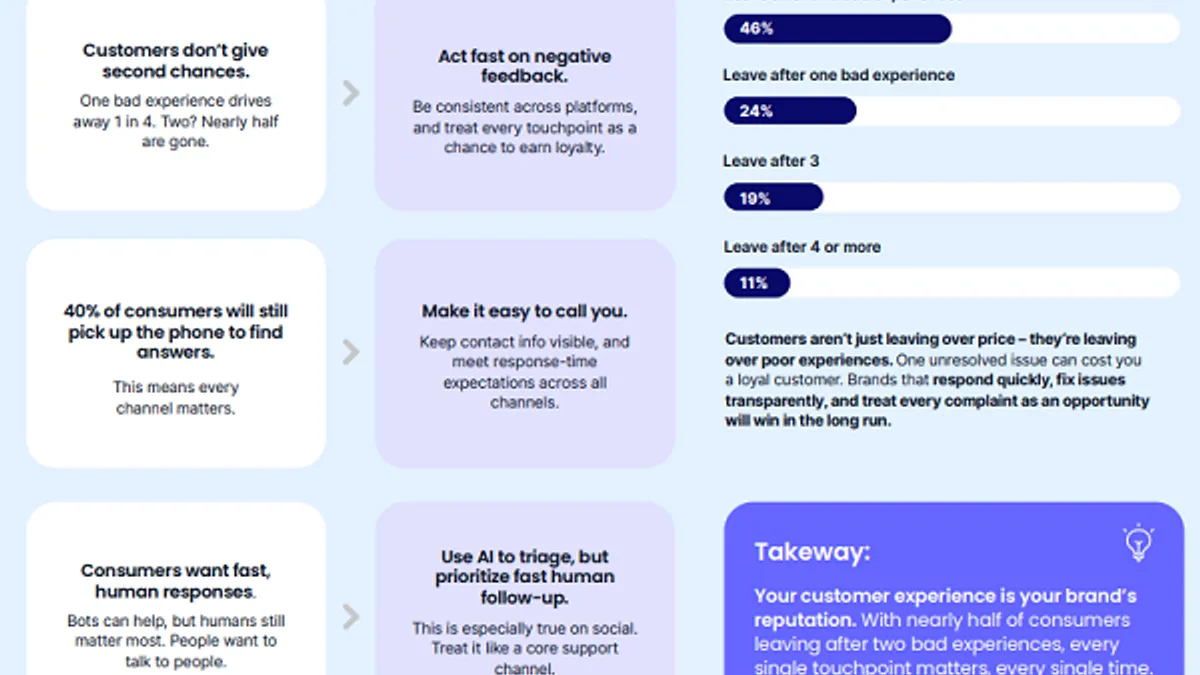Walking around Times Square at Advertising Week last month, one topic that surfaced on several panels was Gen Z — specifically, how to engage the young consumer group which now makes up an estimated 25% of the U.S. population and has somehow proved more elusive than the notoriously ad-averse, penny-pinching millennial set.
At a conference where many sought to offer sage but straightforward advice, few solutions came up for the Gen Z equation. One thing that was clear was that marketers must break with traditional norms of segmenting and crafting their strategies around these young consumers — a sea change that will inevitably put strain on resources and budgets but is necessary as the age group matures into adult buyers.
"In the old days, there was one segmentation — that was great and we all loved it," said Monica Dreger, global consumer insights, Mattel, Inc., on a panel. "But now we can't do that. Now we have to have smaller, more customized, more lean segments to go through. They can't be based on demographics anymore.
"Not [age-based], not gender [...] It has to be either behavioral or needs-based," she added, noting her brand has retail segmentation, entertainment segmentation, purchasing segmentation and more. "It doesn't help our budgets at all but at least we're smarter and savvier in how we do things."
Pinning down Gen Z
Gen Z can be an especially tough nut to crack because the generational group, defined here as anyone born between 1995 and 2005, is behaving differently than teens historically have. Much of this shift has to do with the meteoric rise of mobile over the past decade — a speaker noted that kids today learn how to swipe before they wipe — but it also ties to the ways in which seismic cultural events like 9/11 and the Great Recession have been omnipresent in their lives.
Gen Zers are 2x as likely to be diagnosed with anxiety and depression compared to previous teenage cohorts and 85% of the group points to savings as being important, Sara Spivey, CMO of Bazaarvoice, said on the AdWeek panel, where she served as moderator.
Beyond being fiscally responsible and aware of security concerns, Gen Z is also more socially-conscious and resistant to traditional notions of gender and race, particularly in categories like fashion and beauty. While this might warm the hearts of progressive marketers, it doesn't make their jobs any easier.
More democratic decision-makers
Some marketers then might ask themselves whether Gen Zers are worth it given the extra time and money required to reach them. The ability to hook consumers at a young age has always implied they're more likely to become long-term brand loyalists. But Gen Z also has an unusual level of buying authority.
Teens and young adults today control $44 billion in direct purchasing power, Spivey said, citing research that suggested 75% of Gen Zers report being either "very strong" or "strong" influencers over family decisions. This makes them democratic decision-makers as opposed to more traditional passive units of the family.
"We've seen buying a car, buying a household — all of the sudden, the kids are actually at the front of the table," Dreger said. "They have a seat at the table and their voices are heard. That was unheard of at any other generation."
This might stem from two major factors, according to panelists: Easy access to internet-connected mobile devices that essentially cut out the middlemen — moms and dads — as pillars of information; and the way millennial parents are more often presenting themselves as friends instead of acting strictly as authority figures with their kids.
"[Gen Z] have an inordinate amount of influence and they are coming up fast into being buyers that, if you're not thinking about them already, you probably should be," Spivey said.
Where and how to reach Gen Z
This combination of societal and technological trends, taken together, have led Gen Z to develop what panelists agreed is an incredibly entrepreneurial spirit. The popularity of platforms like YouTube, where Gen Zers spend an average of at least two hours per day, has fostered a culture of self-made and remarkably successful social influencers who are often almost as young if not as young as their audiences.
"This generation grew up being able to make websites, videos and set up their own store to launch a company before they're even legal adults," Kate Beckman, CEO and founder of Fresh U and a contributor to Cosmopolitan Magazine, said on the panel. That level of independence breeds a degree of cynicism toward more traditional branding but also a desire to be proactive problem-solvers.
"Incorporating that into marketing campaigns is a really good approach," Beckman said. "Even if that's something like putting out calls for crowd-sourced content, saying that you want to brand your product a certain way: 'Hey, Gen Z consumers, can you help contribute to what we can do?'"
Reaching Gen Z in the right place and at the right time continues to prove difficult even with a more proactive approach in mind. Along with YouTube, Facebook remains a top channel despite some industry wisdom that says the platform's passé — 70% of Gen Zers still cite it as their number one social content site, per Spivey. Snapchat and increasingly Instagram Stories also top the list and are cherished for their ephemeral nature, where content digitally disappears after a short period of time. Stemming from that, Gen Zers are notably cagey with their profiles, with 85% worrying about privacy on social networks, Spivey said, which creates perilous grounds for brands to tread on.
"Even if you have all this data on them and you're able to create a targeted ad to get into that curated space to reach them, it doesn't mean that that advertisement is going to be welcome," Beckman said. "It's really important to figure out a way to enter these private spaces that doesn't feel intrusive and feels like you're supposed to be there."
Influencers, micro-influencers and peer recommendations were all called out as easier ways to integrate into Gen Zers' social lives compared to straightforward ads. These tactics, along with user-generated content and community-building initiatives, should still be approached with a measure of caution.
"Don't assume you speak their language. There is a desire when marketing to teenagers to use a lot of slang [but] they have to invite you in," Spivey said. "You can't crash the party. I think the use of a lot of these emoji-based, BFF stuff is just a big turnoff. They're very savvy and they're very adult — so speak to them like adults.”
Changing the consumer landscape
Gen Z's distinct demographic makeup and general characteristics will inevitably have a much larger impact on the consumer landscape as the group continues to mature and gain more purchasing power. Eighty-five percent of Gen Zers are less occupied with things like gender orientation and 77% report they think about race differently than their parents, Spivey said. The U.S. Census Bureau forecasts that, by 2020, nonwhites will make up the majority of U.S. children.
"Hopefully, what we look at is — 10 years from now, race won't even be part of the whole segmentation. Who cares?," Dreger said.
"Everyone's going to be in that middle area. Demographics will be something that we laugh at," she added. "It will be based on: what are their needs, what are their values, what do people like, what do they do. And [it will] have nothing to do with what they were born with or not."
The implications of these developments on marketing — an industry that tends to steer clear of politics to avoid alienating certain groups — are significant and something brands must consider carefully as divided times embroil more businesses in controversy.
"About 80% [of Gen Z] go away if you are not aligned with them" from a values perspective, Spivey said.
"They will go out of their way to avoid you," she added. "This whole belief-based buying segment has been growing pretty steadily over the last five or six years. This generation's going to take it to a whole new level."























